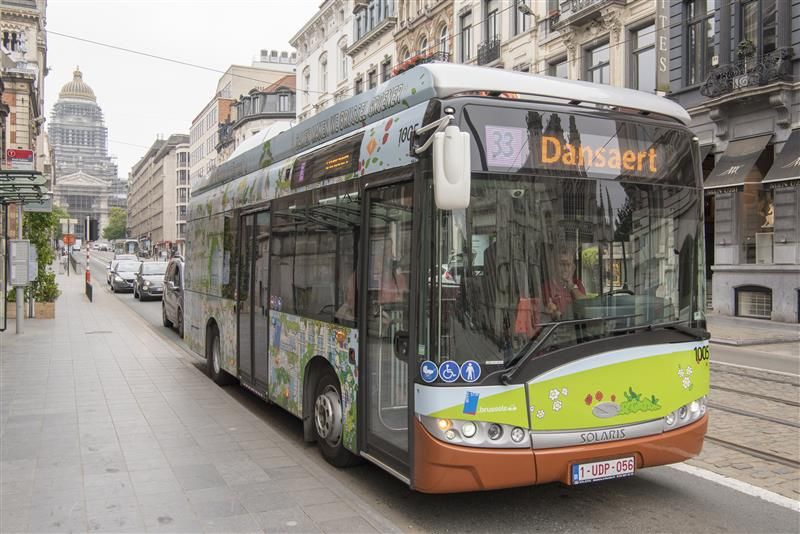
Mobility in cities database
Insights into urban patterns and trends
After a period of erosion, public transport is on a growing trend again, particularly in developed economies, where urban sprawl tends to be slowing down. In developing and transition economies, urban mobility demand is pushed up by population and economic growth.
The Mobility in Cities Database (MCD) provides key insights into transport patterns and trends formore than 60 metropolitan areas worldwide. The wide range of indicators collected span areas ranging from demography, economy, traffic, transport infrastructure and mobility to public transport supply and demand data. The latest MCD publication gives a snapshot of 2012, the most recent year for which data is available, identifying groups of cities with similar performances. Building on the previous editions, the evolution of key urban indicators is shown, spanning a 20-year period.
Transport professionals, decision makers involved in urban affairs and organisations with a stake in urban mobility can find the data and evidence to support public transport-oriented policies.
The database covers demography, the economy, urban structure, the number and use of private vehicles (including taxi), the road network, public transport networks (infrastructure and rolling stock, supply and demand, revenue), and mobility patterns.
The current edition of MCD is based on data from 2012. The data was compared to the years 1995 and 2001, from the previous editions, when the same detailed definitions for data and metropolitan areas could be used.
The total number of journeys made by public transport in developed cities went up on average 1.5% per year up to 2001 and 1.6% per year afterwards.
Between 2001 and 2012, cities such as Beijing, Geneva, Madrid, Oslo, and London have increased public transport supply at a higher rate than the population increase.
exclusive resources












